|
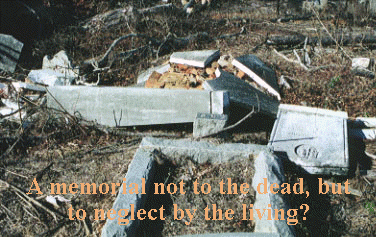 Cemeteries and graveyards face dramatic pressures -- from development,
from abandonment and decay, from nature, and from vandals. In many respects
they are also very different from other historic and archaeological
resources, since they often involve a variety of functions -- sacred,
artistic, historical and genealogical. The resources present include not
only the human remains, but also the sculptures and monuments, as well as
the landscape itself, making cemeteries -- and their preservation -- very
complex. Cemeteries and graveyards face dramatic pressures -- from development,
from abandonment and decay, from nature, and from vandals. In many respects
they are also very different from other historic and archaeological
resources, since they often involve a variety of functions -- sacred,
artistic, historical and genealogical. The resources present include not
only the human remains, but also the sculptures and monuments, as well as
the landscape itself, making cemeteries -- and their preservation -- very
complex.
Often there is a feeling by those trying to save cemeteries that work
must be immediate. This usually isn't the case and, when preservation
efforts are rushed, there is the potential for very serious -- and
long-lasting -- damage. The adage, "haste makes waste," may nowhere be more
true than when dealing with conservation and preservation issues associated
with cemeteries and graveyards.
The preservation of graveyards involves a wide range of disciplines,
including landscape architecture, historic and archival research,
conservation, and at times even a structural engineer. In other words, it is
unlikely that any one organization can do everything on any cemetery
preservation project. Chicora Foundation,
however, can put together the team your project needs -- and deserves. And
it is that team which will ensure that your cemetery is appropriately
treated.
Download Chicora's
qualification statement as a pdf.
Chicora's Work in
Cemetery Preservation
-
Treatments --
Conservation of stone monuments, sculpture,
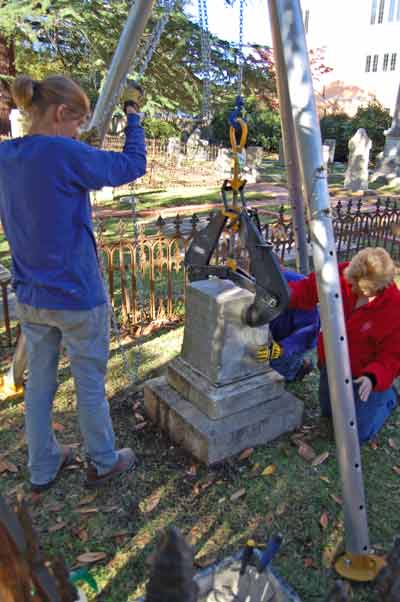 or ironwork is usually the
last thing that should be undertaken. We focus on ensuring the stability
and physical integrity of these materials without cosmetic reconstruction
which can often lead to additional problems. Chicora Foundation also
voluntarily subscribes to the standards of practice and code of ethics of
the American Institute for the Conservation of Historic and Artistic
Works (AIC). or ironwork is usually the
last thing that should be undertaken. We focus on ensuring the stability
and physical integrity of these materials without cosmetic reconstruction
which can often lead to additional problems. Chicora Foundation also
voluntarily subscribes to the standards of practice and code of ethics of
the American Institute for the Conservation of Historic and Artistic
Works (AIC).
-
Planning, Assessments, and
Inventories --
Developing a master plan for a cemetery
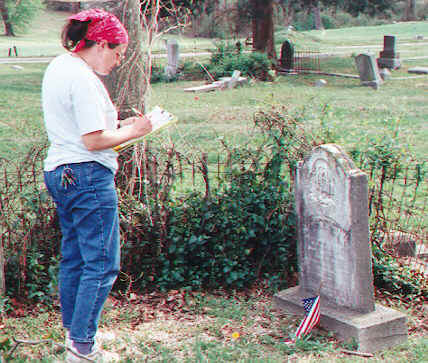 is
a complex undertaking. A good plan will integrate issues of
rehabilitation or treatment of markers, features, and landscape with
issues such as priorities and the available budget. It will also address
the long-term needs of the cemetery, particularly maintenance. One of
first steps of any preservation project must be knowing exactly what is present, determining its condition, and
evaluating its treatment priority. Chicora can quickly and accurately
provide such an assessment, ensuring that you have the information on
which to make sound decisions. is
a complex undertaking. A good plan will integrate issues of
rehabilitation or treatment of markers, features, and landscape with
issues such as priorities and the available budget. It will also address
the long-term needs of the cemetery, particularly maintenance. One of
first steps of any preservation project must be knowing exactly what is present, determining its condition, and
evaluating its treatment priority. Chicora can quickly and accurately
provide such an assessment, ensuring that you have the information on
which to make sound decisions.
-
Grave Identification
-- On some projects it is critical to determine
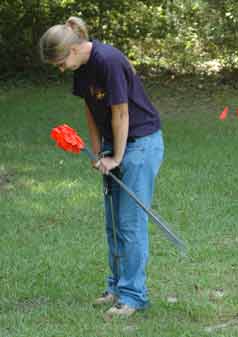 exactly how many unmarked
graves are present and where they are located. Chicora has been
responsible for the identification of graves at both Anglo-American and
African-American cemeteries in South Carolina, North Carolina, Georgia,
and Virginia. We often use a penetrometer to measure ground compaction. exactly how many unmarked
graves are present and where they are located. Chicora has been
responsible for the identification of graves at both Anglo-American and
African-American cemeteries in South Carolina, North Carolina, Georgia,
and Virginia. We often use a penetrometer to measure ground compaction.
-
Mapping --
Chicora's team can also quickly and accurately record the location of both
marked
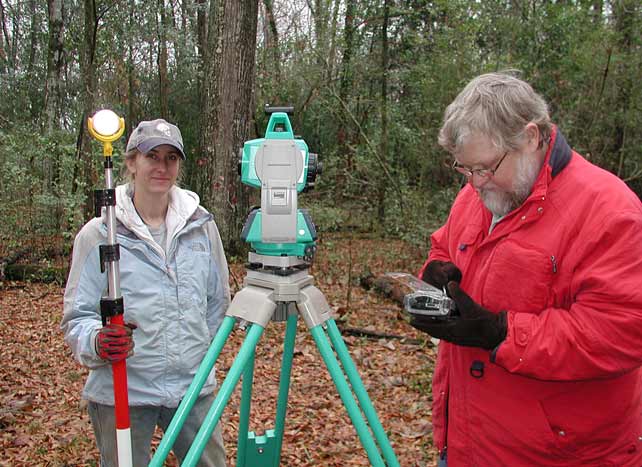 and unmarked graves. We use the newest reflectorless total station
technology from Sokkia. and unmarked graves. We use the newest reflectorless total station
technology from Sokkia.
-
Historical Research
-- Research at libraries, historic
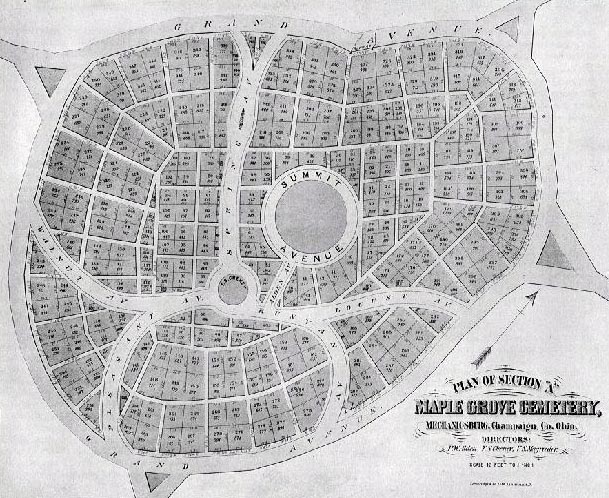 societies, archives, and other
repositories can often locate historical documents such as maps,
photographs, earlier inventories, and local histories. These items
provide not only background information, but may also help ensure that
landscape activities, conservation treatments, and interpretation are all
appropriate and accurate. Chicora has an exceptional background in
historical research and can provide anything ranging from an overview to a
detailed account of your cemetery. societies, archives, and other
repositories can often locate historical documents such as maps,
photographs, earlier inventories, and local histories. These items
provide not only background information, but may also help ensure that
landscape activities, conservation treatments, and interpretation are all
appropriate and accurate. Chicora has an exceptional background in
historical research and can provide anything ranging from an overview to a
detailed account of your cemetery.
-
Workshops --
Chicora offers exceptional workshops in cemetery preservation.
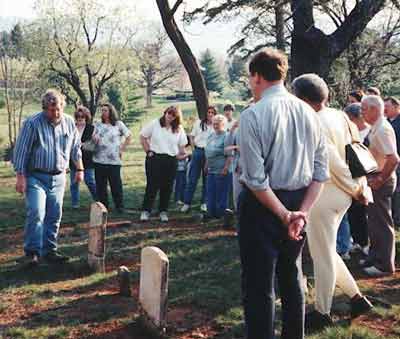 We have
worked with a broad range of historical organizations and museums to
provide comprehensive workshops on preservation planning and conservation
issues. Visit our workshop page
to get a current listing. We have
worked with a broad range of historical organizations and museums to
provide comprehensive workshops on preservation planning and conservation
issues. Visit our workshop page
to get a current listing.

|